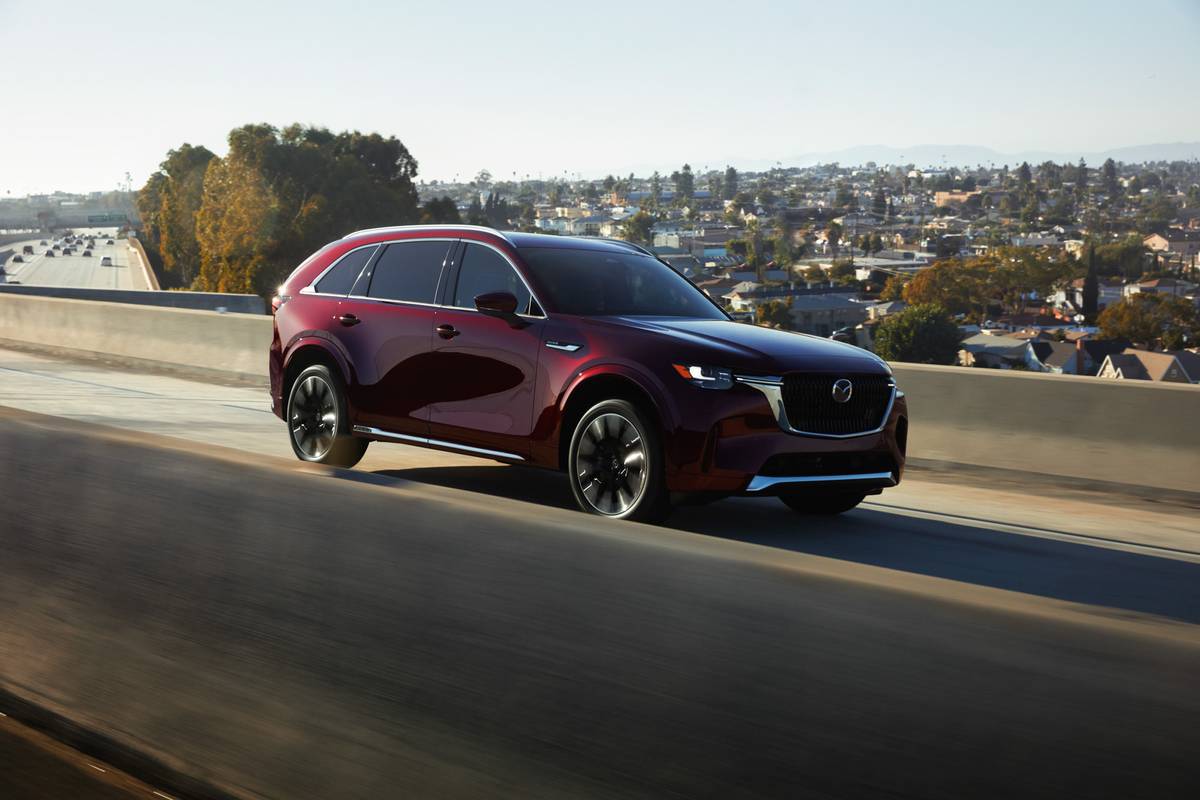PHEV FAQs

PHEV FAQs and Facts of the Week from Chico Mazda!
What are advantages to driving a Plug-In Hybrid Electric Vehicle (PHEV)?
A PHEV combines the cost-efficiency and low emissions of an electric vehicle with the convenience of a backup gasoline engine, eliminating range anxiety. You can complete your daily commute and errands on electric power alone, and on longer journeys, the gas engine ensures you'll make it the extra miles without stopping to charge.
Are PHEVs different from other types of hybrids?
The main distinction between PHEVs and other hybrid vehicles, such as traditional hybrids or mild hybrids, lies in their ability to be charged from an external power source. While you can classify a PHEV as a hybrid, not all hybrids are PHEVs. PHEVs are the most advanced hybrid cars with larger batteries, enabling them to travel significant distances on electric power alone.
PHEV drivers get single-driver access to most carpool (or HOV) lanes throughout California.
This incentive encourages more individuals to adopt plug-in electric vehicles, as it not only reduces traffic congestion but also provides a time-saving advantage for PHEV drivers during their daily commutes. By granting single-driver access to carpool lanes, the state promotes eco-friendly transportation choices, contributing to its commitment to reducing greenhouse gas emissions and fostering a sustainable future for all Californians.
You can reduce your carbon footprint up to 50% by switching to a plug-in hybrid electric vehicle.
Unlike conventional gasoline-powered cars, PHEVs produce zero tailpipe emissions during operation, making them a cleaner and more sustainable option for transportation. By using electricity as their power source, PHEVs contribute to lowering greenhouse gas emissions and air pollution, helping combat climate change and improve air quality.
How long do PHEV batteries last?
PHEV batteries can last 8 years to 12 years, matching the vehicle's lifespan. This durability offers cost-effectiveness and sustainability. Advancements in technology contribute to longer-lasting batteries, making PHEVs a reliable and eco-friendly choice.
Can I use renewable energy to charge my plug-in electric vehicle?
Renewable energy sources, such as solar, wind, and hydroelectric power, provide clean and sustainable options for charging PHEVs. Installing solar panels on your property allows you to generate electricity from the sun, reducing your carbon footprint. Similarly, when charging from the grid, opting for a utility company that sources power from renewable energy contributes to a greener transportation choice and supports the transition to a more sustainable energy future.
Are there any plug-in electric vans, trucks, or SUVs currently available in the market?
Many automakers have expanded their hybrid electric vehicle offerings beyond traditional cars to include larger vehicles suitable for various purposes. Companies have introduced hybrid trucks and SUVs with impressive driving ranges and towing capabilities. Plug-in hybrid electric vans from manufacturers cater to commercial and personal use alike. We can expect even more diverse and capable hybrid vans, trucks, and SUVs to enter the market in the near future.

